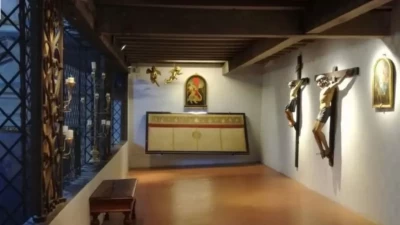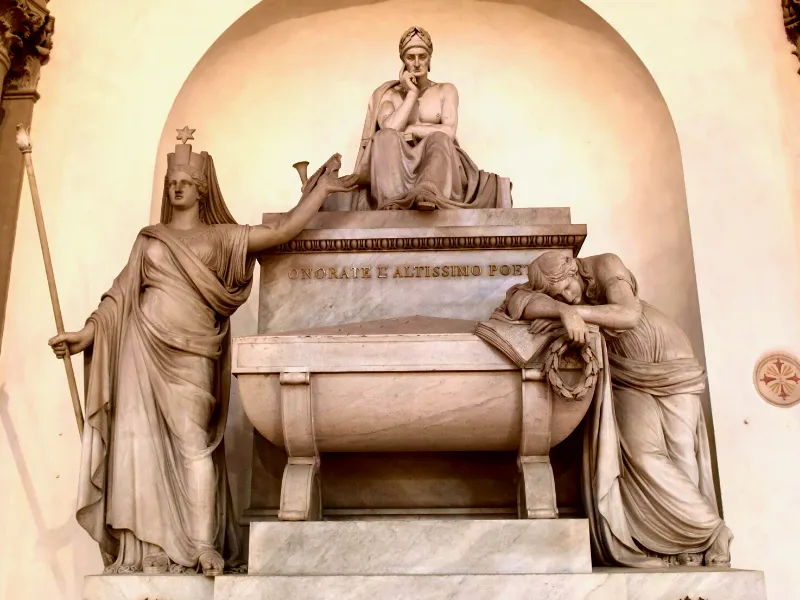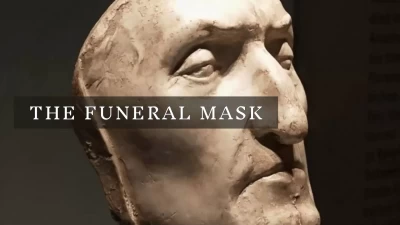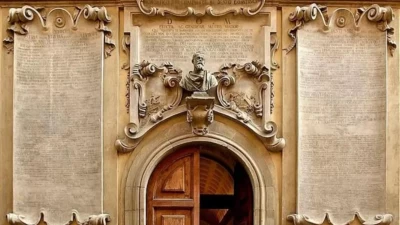Michelangelo and the secret room.
Michelangelo and the secret room in the New Sacristy
Michelangelo lived for three months in a small and narrow room of seven metres for two under the New Sacristy in the Medici Chapels. It was 1530 and the Florentine Republic entrusted him to build the defensive walls to protect the city during the siege of Florence by the Emperor Charles V. Charles helped the Medici Pope Clemente VII to bring back at the power of Florence his family. Michelangelo denied the Medici family in particular he didn't accept the new goverment of the first duke of Tuscany Alessandro, Pope's illegitimate son, who governed as a tyrant.
While the Florentine Republic was falling down Michelangelo stayed inside the narrow corridor alone and he made some sketches representing the David, already completed in 1504, the Laocoon he observed in 1506 in Rome when it was discovered, some figures decorated on the vault for the Sistine Chapel (1512) and so on. The artist drew even his self-portrait depicting the attitude of an imprisoned man. Nobody thought he was hidden in the holy place of the Medici family, the new Sacisty he was sculpting since 1520 for the pope he hated, Clemente. For this reason he saved himeself. Clemente forgave him provided that he completed the New Sacrsity but In 1534 left definitively Florence for Rome where he died in 1564.
Altri articoli

Santa Maria Nuova and its secret underground
Even the great artist Leonardo da Vinci studied anatomy and dissected bodies in this long corridor!!

Were was Dante Buried?
Enrico Pazzi decorated even the base of the statue with four heraldic lions symbol of the Florentine Republic. The sculptor and his subject are united by a strange circumstance: Dante was born in Florence and died...

The funeral mask
The Dante funeral mask, once thought real, is now believed a lost sculptural portrait. Donated to Florence in 1911, found in Ravenna in 1830.

Vincenzo Viviani and his Master Galileo Galilei
On the facade of a florentine palace called "Palazzo dei Cartelloni" ("cartellone" in Italian means "poster") situated near the central station.


